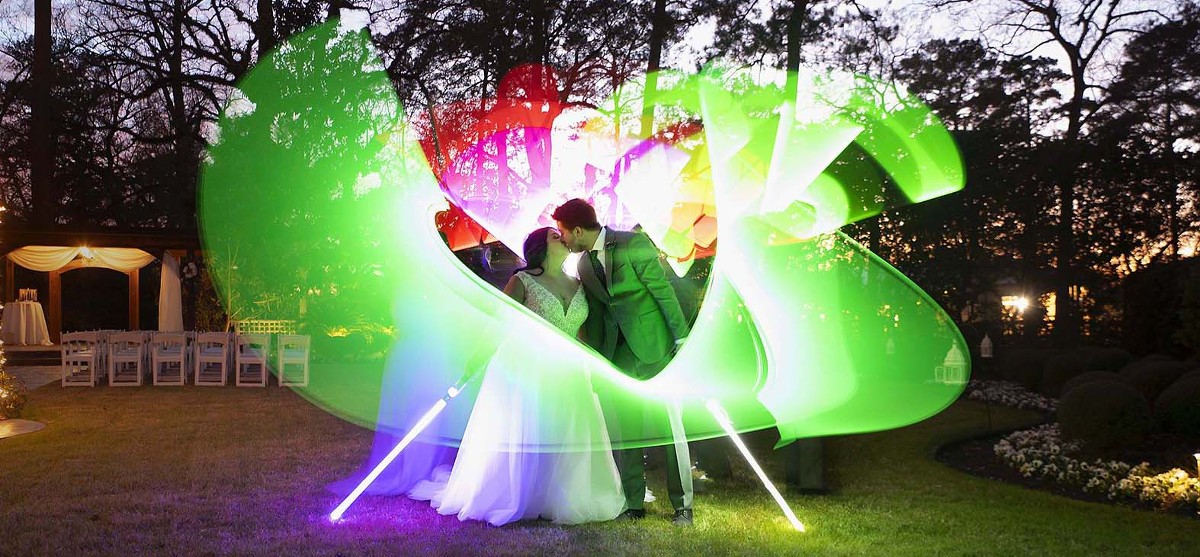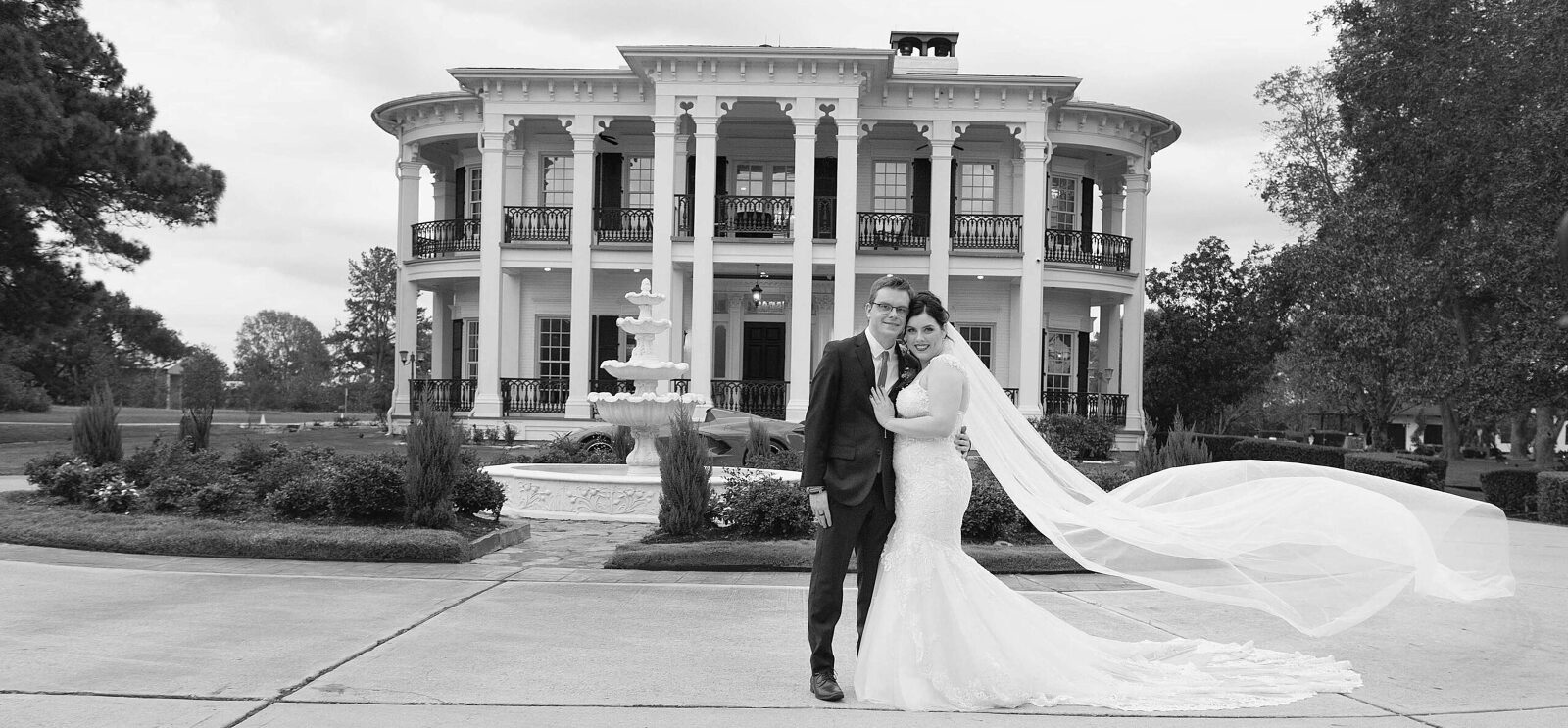How to Find the Perfect Wedding Photographer: Key Questions to Consider
When planning your wedding, choosing the right photographer is one of the most important decisions you’ll make. While the price is a significant factor, it’s crucial to dig deeper to ensure you find a photographer who perfectly aligns with your vision and needs. Here are some essential questions to ask your wedding photographer that go beyond just discussing the cost:
1. What is Your Photography Style?
Understanding a photographer’s style is key to ensuring their work aligns with your vision for your wedding day. Whether you prefer traditional posed shots, photojournalistic storytelling, or fine art photography, make sure their style matches what you envision for your special day.
2. Can We See a Full Wedding Gallery?
It’s easy to be swayed by a photographer’s highlight reel, but to get a true sense of their work, ask to see a complete wedding gallery. This will give you insight into how they capture the entirety of the day, from start to finish.
3. What Is Included in Your Packages?
Different photographers offer various packages, so it’s important to know what’s included. Ask about the number of hours of coverage, whether a second photographer is included, and what extras are part of the package, such as prints, albums, or digital files.
4. Do You Have a Backup Plan for Equipment Failure?
Technical issues can happen, so it’s crucial to know if your photographer has backup equipment ready to go. This ensures that they can handle any unexpected problems without compromising the quality of your photos.
5. How Do You Handle Unpredictable Situations, Like Weather or Venue Restrictions?
No one can predict the weather or specific venue restrictions. Ask how the photographer adapts to such situations and how they ensure they can still capture beautiful photos regardless of the circumstances.
6. How Many Weddings Have You Shot?
Experience matters in wedding photography. Find out how many weddings the photographer has covered to gauge their level of expertise and their ability to handle the dynamics of a wedding day.
7. Can You Provide References from Previous Clients?
Talking to past clients can offer valuable insights into the photographer’s professionalism, work ethic, and overall satisfaction. Ask for references to hear firsthand experiences from couples who have worked with them.
8. How Will You Coordinate with Other Vendors?
Smooth coordination with your wedding planner, videographer, and other vendors is crucial for capturing the best moments. Inquire about how the photographer works with other professionals to ensure a seamless experience.
9. What is Your Approach to Posing and Candid Shots?
Photographers vary in their approach to posing and capturing candid moments. Clarify whether they prefer directing poses or focusing on candid shots, and discuss how they handle special requests.
10. What is Your Editing Process?
Editing can significantly impact the final look of your photos. Ask about the photographer’s editing process, how many photos you can expect, and the style of editing they use to ensure it aligns with your preferences.
11. What is the Timeline for Receiving the Photos?
Understand the expected timeline for receiving your photos. Photographers usually take time to edit and process images, so ask about how long it will take to get your final photos and in what formats they will be delivered.
12. Are There Any Additional Fees or Costs?
Be clear about any potential extra charges. This could include travel expenses, overtime, or additional prints and albums. Knowing about these upfront will help you avoid surprises later.
13. How Do You Handle Copyright and Usage of the Photos?
Discuss the rights to the photos and how you can use them. Ensure you understand the photographer’s policies regarding social media sharing, printing, and any limitations on the use of the images.
14. What Happens if You’re Unable to Attend the Wedding?
In the rare event that the photographer cannot attend your wedding, it’s important to know their contingency plans. Ask if they have a backup photographer or an alternative solution to ensure your day is still captured beautifully.
Asking these questions will help you get a comprehensive understanding of your wedding photographer’s approach, experience, and services. By doing so, you’ll be better equipped to make an informed decision and ensure that your wedding photos are everything you’ve dreamed of and more.
Learn more about the Wedding Experience when working with me.



























.jpg)
.jpg)
.jpg)









